How do I pollinate my Venus flytrap and have it produce seeds?
Venus flytraps (Dionaea muscipula) typically rely on insects and other small arthropods for pollination, rather than wind or other external factors.
To pollinate Venus flytraps, you can follow these steps:
- Identify the Flowers: Venus flytraps produce small white flowers on long stalks. These flowers typically bloom in the spring, usually in April or May.
- Observe the Flowers: Watch for the flowers to fully open and become receptive for pollination. Venus flytrap flowers have a male and female part within each flower, so they are capable of self-pollination.
- Collect Pollen: To manually pollinate the flowers, you can use a fine paintbrush or a small, soft brush (such as a makeup brush). Gently brush the stamen (the male part of the flower) to collect pollen.
- Transfer Pollen: Carefully transfer the collected pollen to the stigma (the female part of the flower) of the same or another flower. You can do this by gently brushing the stigma with the pollen-laden brush.
- Repeat if Necessary: If you have multiple flowers on different plants or multiple flowers on the same plant, you can repeat the process to increase the chances of successful pollination.
- Protection: After pollination, you can cover the flower with a small, breathable bag (such as a mesh bag or a small piece of breathable fabric) to protect it from unwanted pollinators, such as bees. This step prevents accidental cross-pollination with other plant species.
- Wait for Seed Formation: After successful pollination, the flowers will eventually wither, and seed pods will begin to develop. The seed pods will contain Venus flytrap seeds.
- Harvest Seeds: When the seed pods have matured and turned brown, you can carefully harvest the seeds by snipping off the pods and collecting the seeds.
- Sow Seeds: Plant the collected seeds in a suitable growing medium, such as a mix of sphagnum moss and perlite. Keep the growing medium consistently moist but not waterlogged and provide the seeds with bright, indirect sunlight.
- Seedling Care: As the seeds germinate and grow into seedlings, continue to care for them by maintaining the appropriate environmental conditions. Over time, you can transplant the seedlings into individual pots.
Remember that Venus flytrap cultivation can be a bit challenging, as they require specific growing conditions, including acidic soil, high humidity, and plenty of sunlight. Proper care and patience are essential for successful growth and propagation. Additionally, while manual pollination is possible, Venus flytraps can also be naturally pollinated by visiting insects if you keep them outdoors or in a suitable habitat.

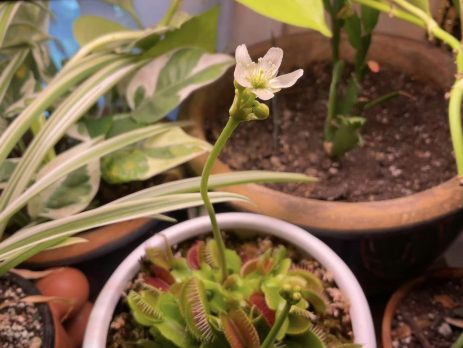
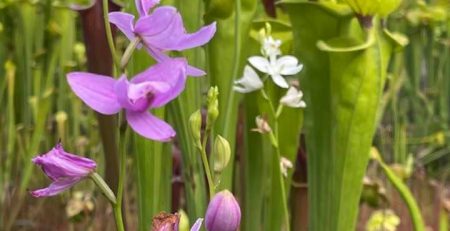
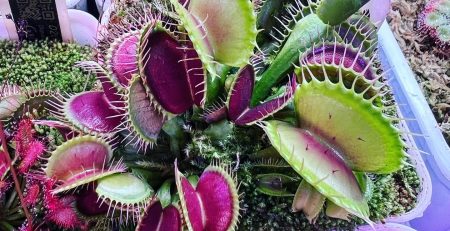
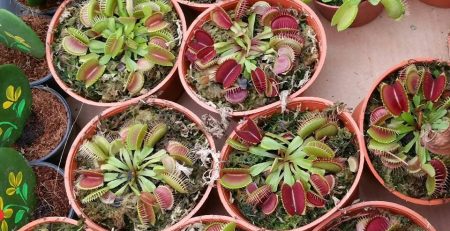
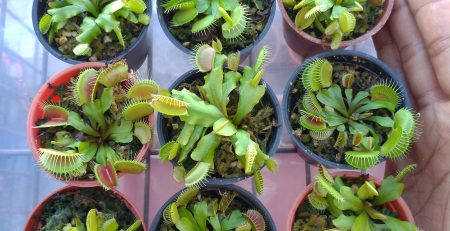
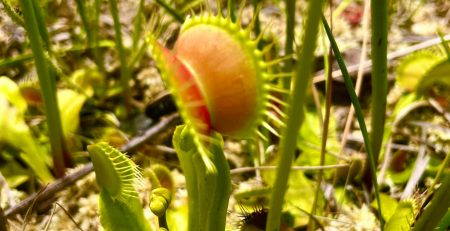

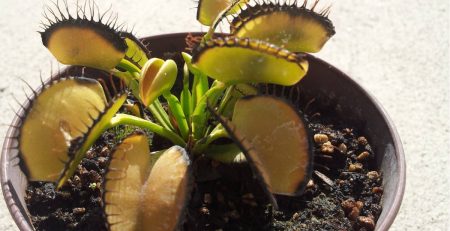
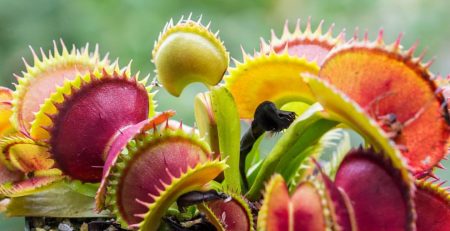
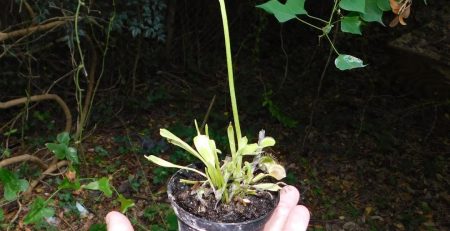
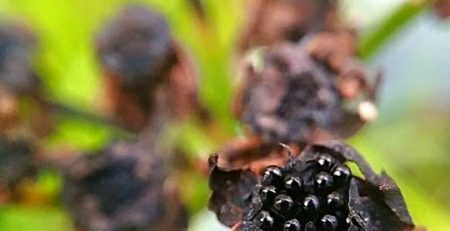
Leave a Reply
You must be logged in to post a comment.